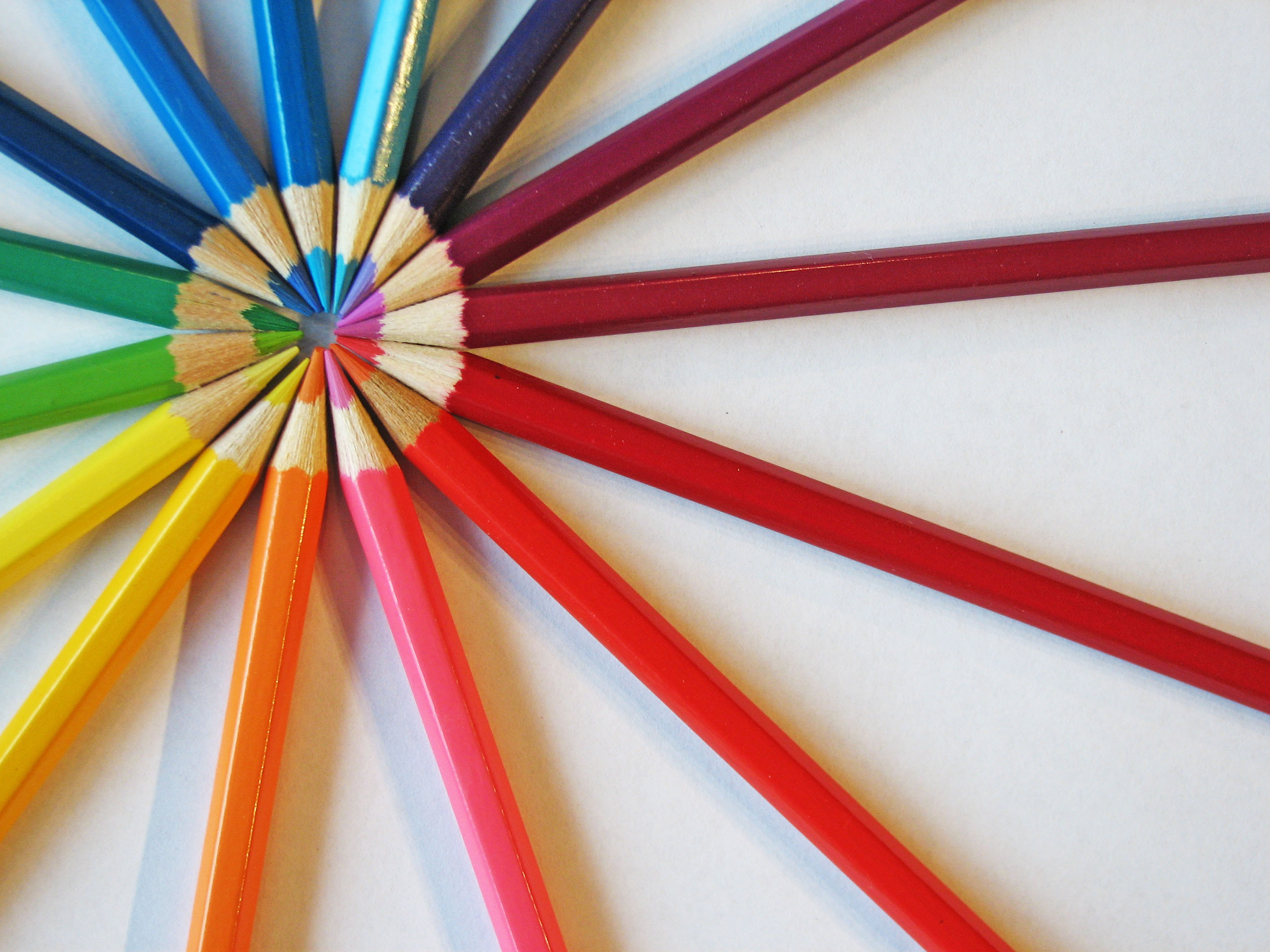This fall, we were pleased to welcome Andrea Charendoff, Art Therapist to our team. To indulge our excitement, she has agreed to give us a 101 on all things Art Therapy. Enjoy!
Art therapy is a wonderful approach to psychotherapy that uses basic art materials as the initial tool for communication. It is extremely beneficial for those who may not have the vocabulary needed to effectively explain what is troubling them, or for those who might be afraid or ashamed to discuss their feelings.
Art-making is a non-verbal activity (unlike traditional talk-therapy) which naturally facilitates the communication of emotions and thoughts that are difficult to put into words. Creating artwork requires imagination, intuition, and emotional expression. The creative process actively engages the right side of the brain, allowing information, which may be hidden from our conscious awareness, to be accessed. The colours, lines, forms, and textures of the images give direct information about affect, mood, thought process and cognitive functioning; the actual images and symbols may serve as metaphors.
There are four key elements to art therapy that make it a valuable and unique approach to therapy:
- Art therapy uses basic materials that are familiar to most people, such as paints, markers, pastels, clay, and collage materials. The quality of the artwork is not important, it is not meant to be seen by anyone but the individual who created it. It is the art-making process, and the content of the art-piece that are significant.
- Many people find it difficult to use words to describe what they are feeling or thinking. They may be wary of confessing their true thoughts, and emotions due to strong feelings of shame and guilt, fear of stigmatization or judgment, or fear of being ridiculed. Using imagery provides an opportunity for non-verbal self-expression and communication. In addition, the process of art-making allows for the release of tension and anxiety, i.e., it can be cathartic.
- The finished artwork becomes a concrete, externalized, symbolic representation of psychodynamic information. This externalization of an internal problem allows the individual to distance himself/herself, to take a step back and look at the issue from a different perspective, in a safe, contained environment.
- Once the piece of artwork is finished, the therapist and client engage in a verbal discussion about the art piece, guided by the art therapist. It is during this process that previously hidden or repressed thoughts, feelings, or ideas can be illuminated. It provides an opportunity for the individual to make associations and emotional connections to symbolic components within the artwork. This, in turn, allows healing, insight, and a sense of well-being to be experienced.
Art therapy can provide a safe outlet for anger and distress. Throwing and manipulating clay, for example, can be an effective outlet for anger and aggression. Anything can be expressed in art therapy; even the most intense feelings and desires can be communicated through an image or a piece of artwork.
In a group setting, art therapy can improve social skills and problem solving abilities. In private sessions, art therapy offers clients the opportunity to work through issues safely and confidentially. Studies have shown that being creative improves mood, and fosters a sense of well-being.
Art therapy facilitates the following: the processes of self-exploration, increased self-awareness, increased self-understanding, the development of coping skills (e.g. for those with who have experienced illness or traumatic experiences), anger management, improved/elevated mood, conflict resolution, stress relief and catharsis, improved ability to focus, cognitive stimulation, increased sense of self-esteem, and the development of interpersonal skills (via group art therapy)
Anyone can use art therapy (children, teenagers, and adults). Art therapy is commonly used with people who experience mental health disorders, physical illnesses, physical disabilities, behavioural problems, eating disorders, trauma, and addictions. It is also used with people who are interested in self-exploration, and greater insight into aspects of their lives
Andrea Charendoff, D.T.A.T.I. Art Therapy, www.speakingthroughart.com

